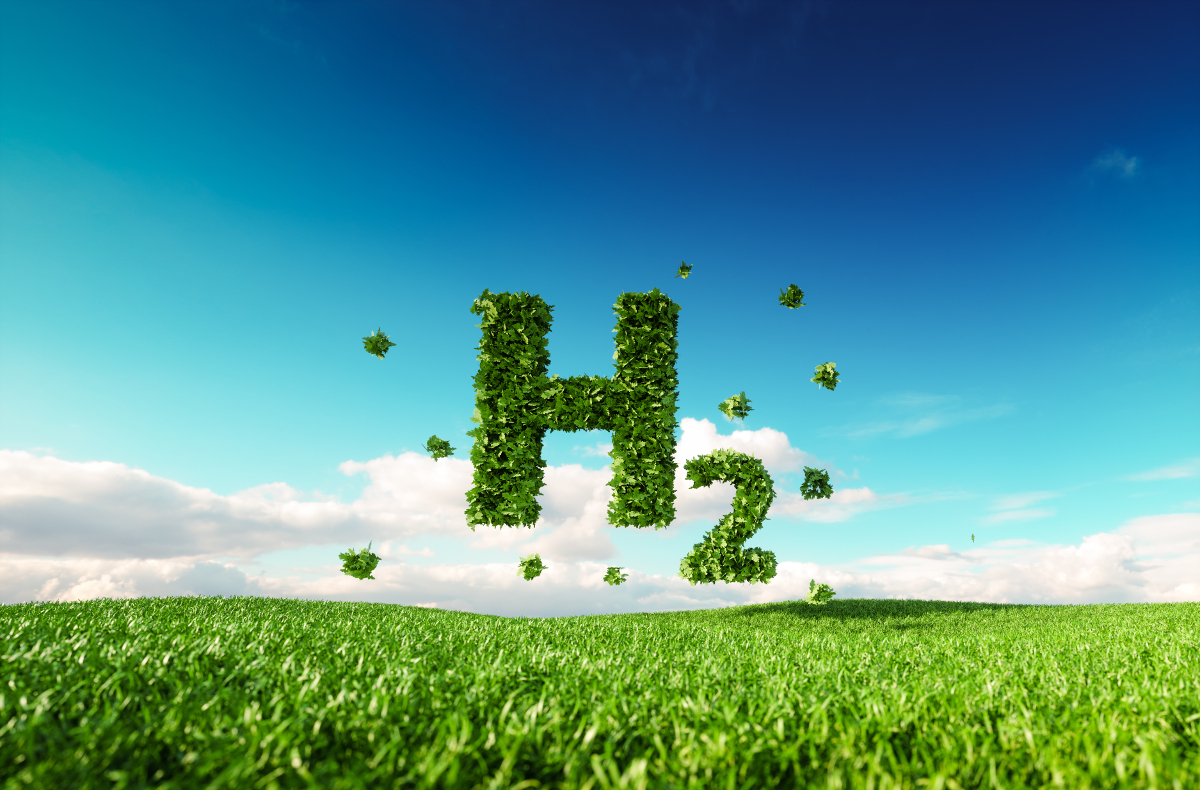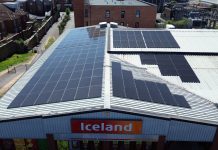After blue, green, pink and grey, surging hydrogen’s expanding palette of colours welcomed another hue this morning, reflecting the gas’ spectrum of ever-increasing varieties, whether high or low in carbon.
Turquoise H2 is the product claimed by Hull-based HiiROC, electrolysed from ‘natural’ gas or biomethane not by electricity but through a proprietary process known as thermal plasma.
The fund also wants to attract Centrica and car makers Kia and Hyundai into injecting another £16 million.
Using thermal plasma, the turquoise method takes methane-heavy ‘natural’ gas or biomethane, and extracts clean H2 without carbon emissions, and at unit output prices claimed by HiiROC to be competitive with the older established ‘blue’ hydrogen, beloved of the waning hydrocarbon incumbency. The firm says the scalability of thermal plasma electrolysis runs ‘from the micro to the industrial’.
Byproducts of the method are limited to carbon black, a solid with value as a soil enhancer, and in making tyres and building materials. HiiROC claims its turquoise method uses only one-fifth the energy required by water-based electrolysis.
Existing investors Wintershall Dea and VNG have recently announced a manufacturing plant in Germany, using HiiROC technology. Producing a planned 400kg per day, it is due to open in 2023.
Across hydrogen’s widening palette of fabrication methods, the gas’s variants now ride a sustained boom in worldwide investment. In carbon-stripped form, it is hailed as a likely mass-market fossil fuel replacement for heating domestic and commercial buildings, as well as a substitute fuel source in power generation, transport, and a wealth of industrial processes.
The commonest means of synthesising low-carbon hydrogen include:
- Blue. Favoured by legacy oil and gas supermajors, and hugely controversial. Climate-cooking methane is ‘cracked’ chemically in refineries, with emergent carbon dioxide needing high volume burial or decanting. Cheap, thanks to established pipes and crackers, yet depending on unproven capture-and-storage techniques, likely – as recent scientists have found – to be just as environmentally ruinous even as parent hydrocarbons.
- Grey. Longest established, using same feedstock as blue. Natural gas ‘re-formed’ by reaction with steam at high pressure and temperatures. Energy-hungry, and depends again on CO2 storage.
- Green. Water as feedstock, split with wind- or solar-electricity into hydrogen and oxygen. No polluting byproducts, only clean water. Storage of waste is optional. Until recently, electrolysers were assumed to be expensive. But innovators of small plants – and rising prices of hydrocarbon energy – increasingly undermine this accepted wisdom.
- Pink. Water as feedstock again, but electrolysed by nuclear electricity. Scale is again an issue; even Rolls Royce’s small modular reactors may fail to be competitive.
Some oil companies are hedging their bets. This morning, self-reforming fossil supermajor BP announced it will build a ‘green’ H2 fabrication plant on Teesside, the site of its intended ‘blue’ H2 hub announced in August.
Shell is already partnering in green hydrogen with its RefHYne project near Cologne.





This HiiROC technology is hardly new: cracking methane at high temperature (around 900C) to carbon and hydrogen is already being done in Australia by the Hazer Group who are now building a full scale plant to crack biomethane from a municipal biodigester. Biomethane can also be fed directly in a fuel cell bypassing. A critical part of the process is how you capture the carbon and you need a catalyst. Producing pink hydrogen with nuclear electricity can be made less expensive by using the waste steam from the turbines that generate the electricity in steam electrolysis, as the heat contributes to the energy to split the water molecule (why do we have to have another colour for hydrogen split by nuclear power? If there’s a rational argument then should we give a different colour to hydrogen from the electric power from each of wind, solar, tidal and hydro)